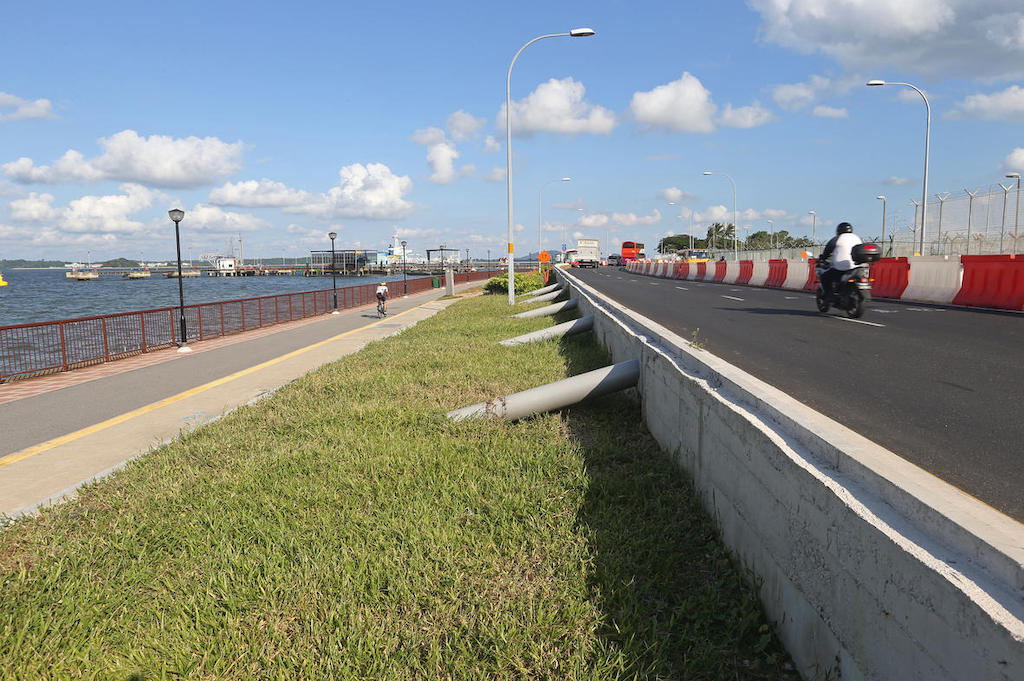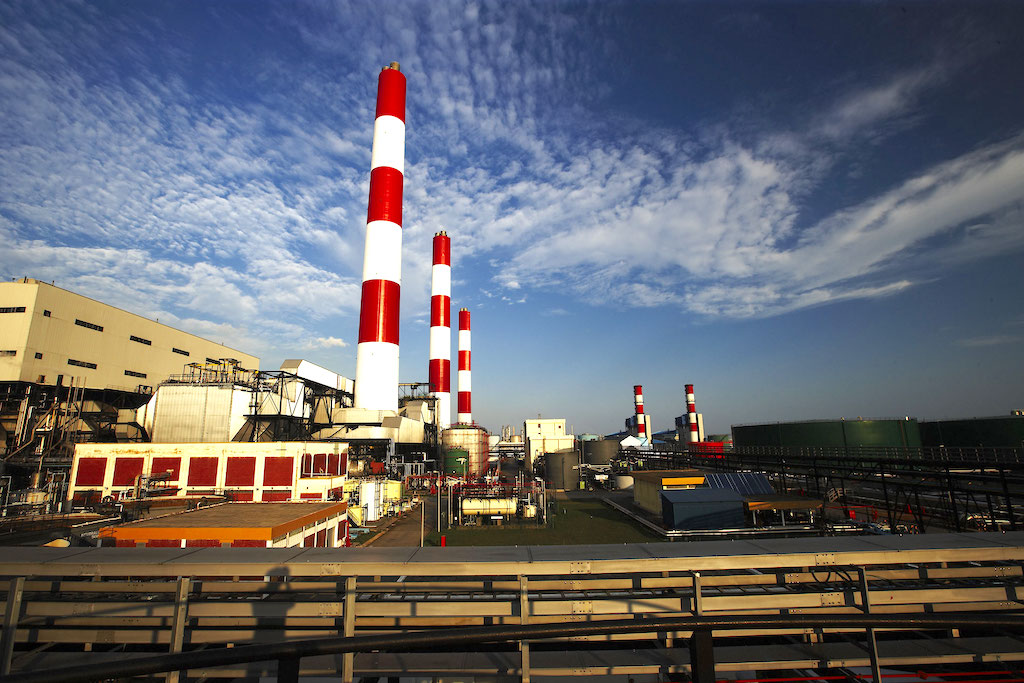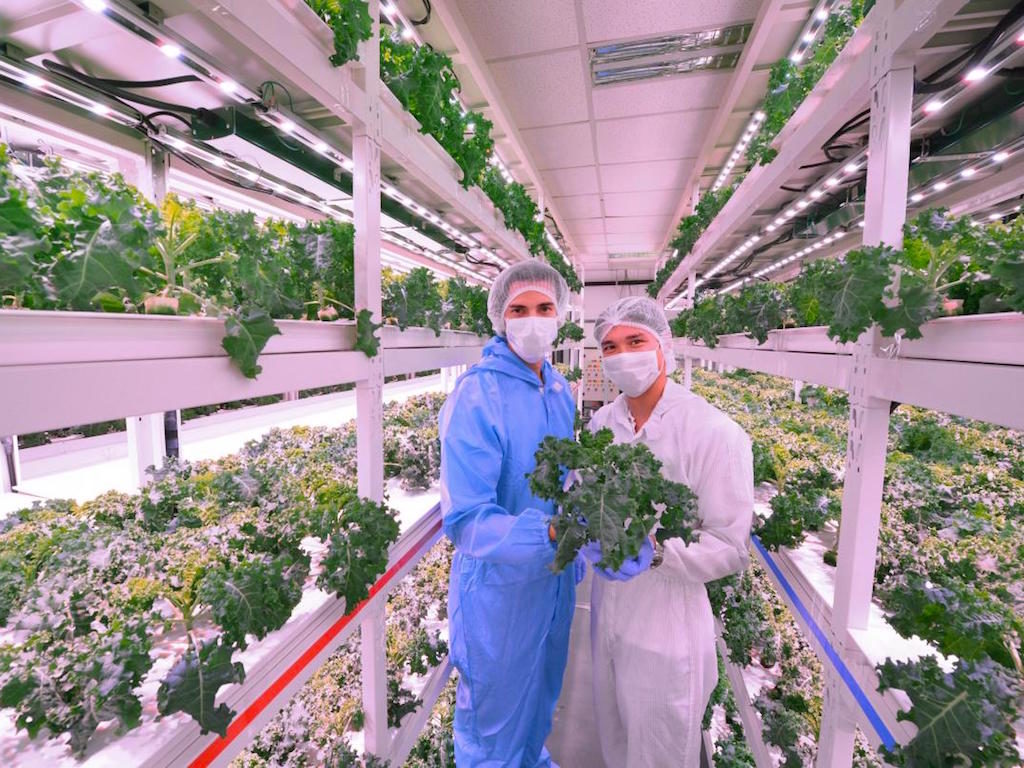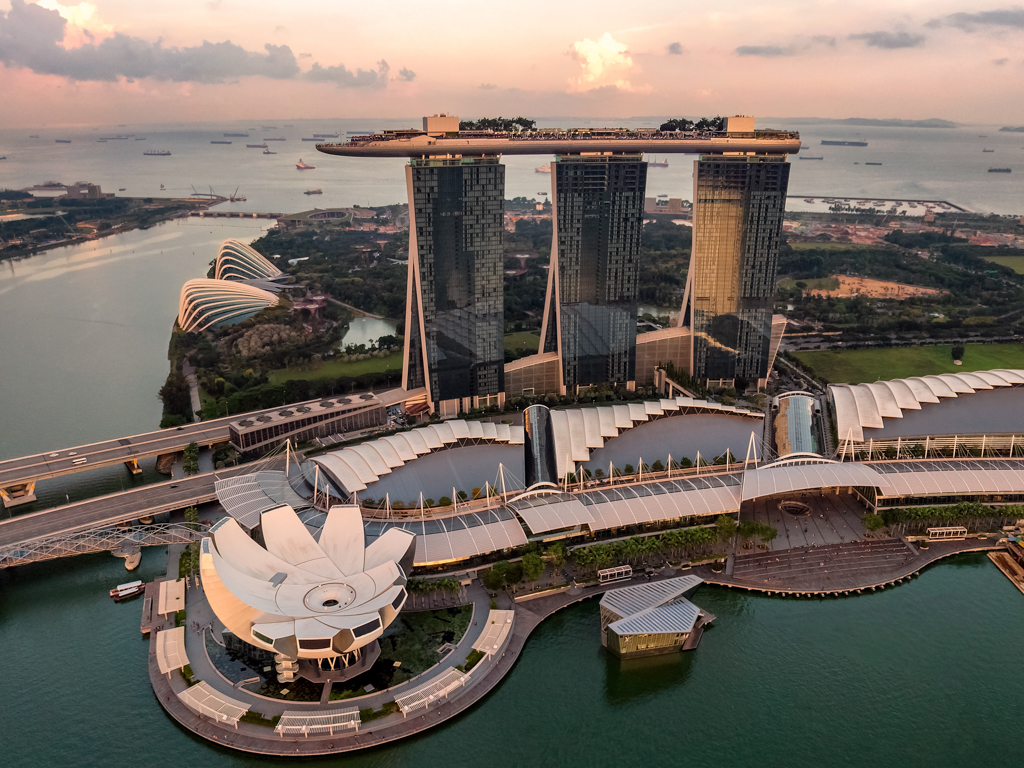5 Mins Read
Singapore has a S$100 billion plan to help the city-state adapt to a world stricken by the climate crisis. The island nation’s plan targets measures to survive in high temperatures and floodwaters as global heating continues to escalate, and will also involve initiatives to improve the state’s food self-sufficiency, sustainable and climate-resilient infrastructure and carbon emissions.
Singapore is currently devising S$100 billion (US$72 billion) plan to safeguard the city against heat, flooding and related climate change disasters that are far higher than the predicted outcomes of the Paris Agreement. The plan was launched as countries around the world continue to struggle to keep up with the goal to limit temperatures to 1.5 degrees celsius, increasing the likelihood that more devastating climate consequences will be erupting soon.
According to an analysis conducted by the Centre for Climate Research Singapore (CCRS), a possible scenario emerging from continued inaction is flood rise by almost 4 metres, which would submerge major cities around the world including Jakarta, New York, Shanghai, London and Singapore. Singapore has already experienced global heating twice as quickly as the world average, with temperatures rising about a quarter of a celsius per decade for the past 60 years.
Aside from a city underwater and daily temperatures reaching 37 degrees celsius by 2100, Singapore faces additional climate-related challenges from food insecurity to frequent and unpredictable natural disasters that existing infrastructure is currently unprepared for.

Singapore’s new plan aims to gear the city up for all the worst case environmental scenarios ahead. Last August, Singapore’s prime minister Lee Hsien Loong said in his National Day Rally speech that climate change poses such an existential threat that “everything else must bend at the knee to safeguard the existence of our island nation”.
Using an initial S$5 billion (US$3.6 billion), Singapore’s government will be setting up a Coastal & Flood Protection Fund committed to research in developing urban solutions such as renewable energy and sustainable cooling systems. Eventually, this coastal fund will have to spend even more to protect the city by elevating land, building large-scale infrastructure barrages, sea walls and land reclamation, said the authorities.
While these measures seem drastic, experts argue that it is simply proportional to the potential catastrophes to come due to climate change. Speaking to Bloomberg, visiting professor at the Lee Kuan Yew School of Public Policy Vinod Thomas said: “Is Singapore overreacting? No. Reality has so far overshot scientific projections of climate impacts. This is a necessary and perhaps a minimal insurance policy.”

Another aspect that Singapore will have to tackle is its enormous carbon emissions. Like other advanced economies that have undergone development using fossil fuels, Singapore’s carbon footprint is massive. Despite being a tiny country taking up 0.0005% of the world’s land, Singapore currently contributes 0.11% of global emissions. If the country continues to spew out millions of tonnes of carbon emissions each year, then there is little flood-resilient infrastructure can do to help combat inevitable disasters the island will amid escalating temperatures.
The authorities have previously pledged to reduce emissions by 36% by 2030, but plan to update their target soon. It is still unclear whether they will be willing to clamp down on their Jurong Island site – one of the world’s largest oil refining and petrochemical complexes that hosts some of the biggest fossil fuel culprits including Exxon Mobil, Royal Dutch Shell and Chevron – but they have become the first in the region to launch a carbon tax of S$5 (US$3.6) for each tonne of carbon dioxide emitted by facilities producing over 25,000 tonnes annually.
In addition, Singapore plans to reduce emissions by heavily investing in renewable energy to achieve an ambitious goal of powering at least a quarter of Singaporean households using solar panels by 2030. This year will see the government rolling out electric buses on the streets as a part of a gradual phase-out of fuel-powered vehicles by 2040.

On top of this, Singapore is looking ahead to the impact of a hotter world on its food supply. Currently, less than 1% of the island is used for agriculture and over 90% of its food is imported, and unabated global heating is to bring unpredictable weather events, flooding and droughts that will likely impact agricultural yields of all kinds of common staple foods.
To improve the island’s food security, the government has rolled out a S$140 million (US$101) self-sufficiency initiative to ramp up locally produced food to 30% by 2030. Homegrown agri-tech startup Sustenir is assisting this goal by producing crops in lab-controlled vertical farms powered by artificial intelligence and LED lighting. Not only will this help reduce Singapore’s dependence on food imports, it will also mean fewer carbon emissions and food wastage with shorter transportation.
Its food security plan additionally involves providing more funding for research and development in upcoming sustainable food technologies such as alternative protein by matching the amount of funding Singaporean food tech startups raise. Authorities are further looking at creating regulatory frameworks to help bring novel sustainable products, such as clean meat technologies, to market.

Thanks to governmental support, a number of Singapore-based startups have emerged to develop groundbreaking plant-based and cultivated innovations. These include Shiok Meats’ lab-grown shrimp, TurtleTree Labs’ cell-based dairy and human breast milk, NamZ’s nutritious and climate resistant noodles, and Karana’s whole food plant-based meat alternative made from young jackfruit.
Whether Singapore’s expensive plan to adapt to climate change will be successful remains to be seen. There are indeed contradictions among some of their policies, such as their plans to build a rail line that will cut through the country’s largest nature reserve, signalling hesitancy to prioritise sustainability over development. But Singapore still stands out among the crowd of world leaders unwilling to take action on the real economic, environmental and social impacts of climate change – an emergency that scientists have repeatedly warned will lead to global collapse.
Lead image courtesy of Hu Chen/Unsplash.




